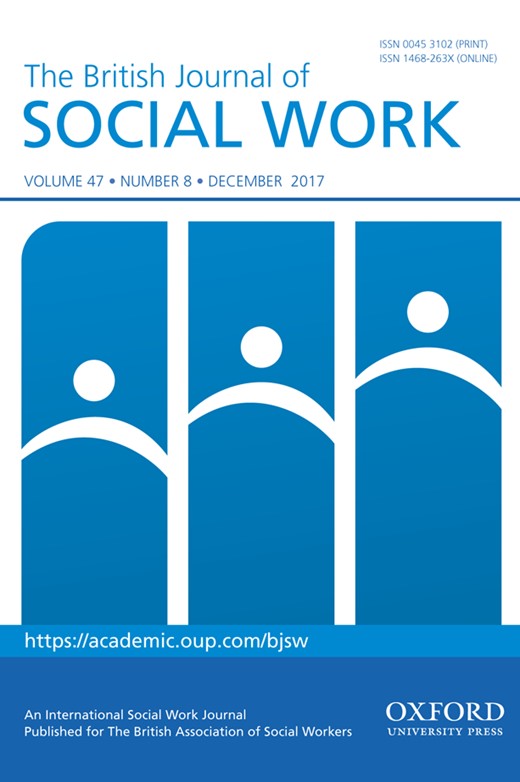-
Views
-
Cite
Cite
Michelle Evans, Empowering People Experiencing Usher Syndrome as Participants in Research, The British Journal of Social Work, Volume 47, Issue 8, December 2017, Pages 2328–2345, https://doi.org/10.1093/bjsw/bcw147
Close - Share Icon Share
Abstract
Engaging people from marginalised groups such as the deafblind and Usher communities to participate in research has historically proved challenging, mainly due to communication differences between participants and researcher. Therefore, an approach called ‘Multiple Sensory Communication and Interview Methods’ (MSCIM) was developed and used when conducting research with people who are deafblind and have Usher syndrome. This article considers the value of using MSCIM by critiquing the data-collection and interview methods used by the author in a qualitative research study with twenty participants aged eighteen to eighty-two who experience Usher syndrome. Communication and interview methods were participant-led with communication methods including: clear speech, visual frame British Sign Language (BSL), hands-on BSL, deafblind manual and written communication. Participants were given the choice to be interviewed face to face, over the telephone, via Skype (video/no video) or e-mail. Whilst this approach was natural in the researcher’s role as a sensory social worker, within the study, this approach led to a measure of unexpected equalising between the researched and the researcher and explored how empowering individuals from marginalised groups as active participants in research contributes to inclusivity and promotes trustworthiness in research.




